Lithium-ion batteries need copper to function effectively. Copper is utilized in components such as wires, current collectors, and cooling systems.
For instance:
- Electric car batteries contain approximately 53.2 kilograms of copper.
- Phone batteries incorporate around 22.3 grams of copper.
This illustrates how much copper goes into a lithium-ion battery to support various energy requirements.
Key Takeaways
- Copper is very important in lithium-ion batteries. It makes up 10-15% of their weight. It is used in current collectors, wires, and heat control.
- Electric cars need a lot of copper. Each battery uses about 75 to 100 kilograms. As more people buy electric cars, the need for copper will grow.
- Recycling copper is very important for the environment. It lowers harm to nature and saves up to 85% of the energy compared to getting new copper from mines.
- Applications of Copper in Lithium-Ion Batteries
Applications of Copper in Lithium-Ion Batteries
Copper in Current Collectors
Copper is important for current collectors in lithium-ion batteries. Thin copper sheets connect the electrode material to the circuit.
This connection allows electrons to move smoothly, powering the battery. Copper also links battery cells together for better charge transfer. Its ability to conduct electricity makes it perfect for this job.
|
Role |
Description |
|
Current Collectors |
Copper sheets join electrode material to circuits for electron flow. |
|
Connectors |
Copper connects battery cells for better charge movement. |
|
Thermal Management |
Copper spreads heat to stop overheating and keep batteries safe. |
|
Cost-Effectiveness |
Copper is cheap and easy to find, good for big production. |
Copper in Wiring and Connections
Copper is needed for wiring and connections in batteries. It is used in methods like ultrasonic and laser welding.
These methods make strong connections between battery parts. Copper’s strength and ability to carry electricity help the battery work well for a long time.
Copper in Thermal Management Systems
Copper helps manage heat in batteries. It moves heat away to stop overheating and keep batteries safe.
Copper works well with cooling materials to improve battery performance. This makes copper useful for electric cars and other high-energy uses.
How Much Copper is in a Lithium-Ion Battery for Different Uses
Electric Vehicles
Electric cars need a lot of copper for their batteries. You may wonder how much copper is in an EV battery.
On average, an EV battery weighs 1,000 pounds and has about 90 pounds of copper. This is because EVs need strong current collectors, good wiring, and heat control systems.
- Main Uses of Copper in EV Batteries:
- Current collectors: Copper sheets help electrons move easily.
- Wiring: Copper wires link cells and move energy well.
- Heat control: Copper spreads heat to keep batteries safe.
More people are buying EVs, so copper demand is rising. Recycling and finding more copper sources are now very important. To learn more about copper in EV batteries, visit EBL Official.
Consumer Electronics
Devices like phones, laptops, and tablets also use copper in their batteries. These gadgets need less copper than EVs but still depend on it.
The amount of copper depends on the device's size and power needs. For example, a phone battery has about 22.3 grams of copper.
|
Discharge Voltage (V) |
Copper Amount (mg kg−1) |
|
-1.2 |
< LOD |
|
-1.5 |
< LOD |
|
-1.7 |
0.11 ± 0.01 |
|
-1.8 |
1.08 ± 0.07 |
|
-1.9 |
4.33 ± 0.15 |
|
-2.0 |
6.53 ± 0.20 |
|
-2.1 |
7.96 ± 0.24 |
The table shows how copper levels rise with discharge voltage. This proves copper is key for energy transfer. Want to know more about copper in electronics? Visit EBL Official.
Renewable Energy Storage Systems
Solar and wind energy storage systems also use copper in their batteries. These systems need a lot of copper to store and move energy well.
The amount of copper depends on the system's size. Bigger systems, like those for homes or businesses, can have several kilograms of copper.
Copper is great for renewable energy because it conducts electricity well and lasts long. It helps store and move energy with little waste.
As we switch to clean energy, the need for copper in storage systems will grow. Learn more about copper in energy storage at EBL Official.
Why Copper is Important in Lithium-Ion Batteries
How Copper Improves Battery Performance
Copper is key to making lithium-ion batteries work better. It carries electricity well, helping electrons move easily. This improves how the battery performs.
Thin copper sheets in batteries lower resistance. This helps the battery give energy more efficiently. This is especially useful for electric cars and energy storage systems.
If a battery loses copper, it works less effectively. After 200 uses, a battery with 26% less copper keeps only 18% of its power.
This shows how important copper is for keeping batteries strong and long-lasting.
|
Condition |
Copper Loss (%) |
Power Left (%) |
|
After 56 hours idle |
21 ± 4 |
3.5 ± 0.2 |
|
After 200 uses |
26 ± 11 |
18 ± 4 |
Copper is also tough, so it lasts through many charges and uses. This makes it perfect for batteries that need to last a long time.
Copper Demand for Electric Cars
Electric cars need a lot of copper for their batteries. Copper is used in parts like wires and cooling systems. A typical electric car battery has 75 to 100 kilograms of copper. This is about 15% of the battery’s total weight.
|
Device Type |
Battery Weight |
Copper Content (10-15%) |
Copper Weight (approx.) |
|
Electric Car Battery Pack |
~500kg |
15% |
75–100kg |
Copper is also used in motors, chargers, and car wiring. Experts say the copper market for batteries will grow fast. It could go from $1.11 billion in 2023 to $4.25 billion by 2032.
|
Use |
2023 Value (Billion USD) |
2032 Value (Billion USD) |
|
Battery Making |
1.11 |
4.25 |
|
Motor Parts |
0.84 |
3.21 |
|
Charging Stations |
0.73 |
2.78 |
|
Car Wiring |
0.10 |
0.26 |
As more people buy electric cars, copper demand will grow. Recycling copper will help meet this need without harming the environment.
Challenges and Benefits of Recycling Copper
Using more copper in batteries creates both problems and solutions.
Mining copper can hurt the environment by destroying habitats and causing pollution.
Recycling copper is a greener option. It reduces the need for mining and lowers environmental damage.
|
Aspect |
Recycling Helps |
Mining Problems |
|
Resource Use |
Saves copper from being mined |
Uses up natural resources |
|
Environmental Effects |
Less pollution and waste |
Causes more pollution and harm |
|
Cost |
Cheaper over time |
Expensive to start and maintain |
Recycled copper keeps its quality and works well in new batteries. This makes it a smart and eco-friendly choice.
Better recycling methods for other materials like lithium and cobalt also help. These methods reduce waste and support clean energy needs. By improving recycling, we can make batteries more sustainable and eco-friendly.
Copper is very important for how lithium-ion batteries work. It helps move energy and control heat effectively.
Electric cars and green energy systems need a lot of copper. By 2050, copper demand may grow by 50%. Recycling copper saves energy and helps protect the planet. This makes it crucial for a cleaner energy future.
Key points:
- Lithium-ion batteries are made of 10-15% copper.
- Green energy systems need 6-12 times more copper than fossil fuels.
- Recycling copper can save up to 85% of energy.
Choosing electric cars and clean energy? Remember, recycling copper is vital for future energy needs.
FAQ
Why is copper important in lithium-ion batteries?
Copper moves electricity well, helping energy flow easily. It also controls heat, keeping devices like electric cars and energy systems safe and working well.
How does copper use vary in different devices?
Electric cars need up to 100 kilograms of copper. Small gadgets like phones use only a few grams. Bigger systems need more copper for power flow and heat control.
Can copper from batteries be reused?
Yes, copper can be fully recycled without losing its quality. Recycling cuts down on mining, saves energy, and helps make batteries in a greener way.
💡Tip: Recycling copper saves up to 85% of the energy compared to mining!

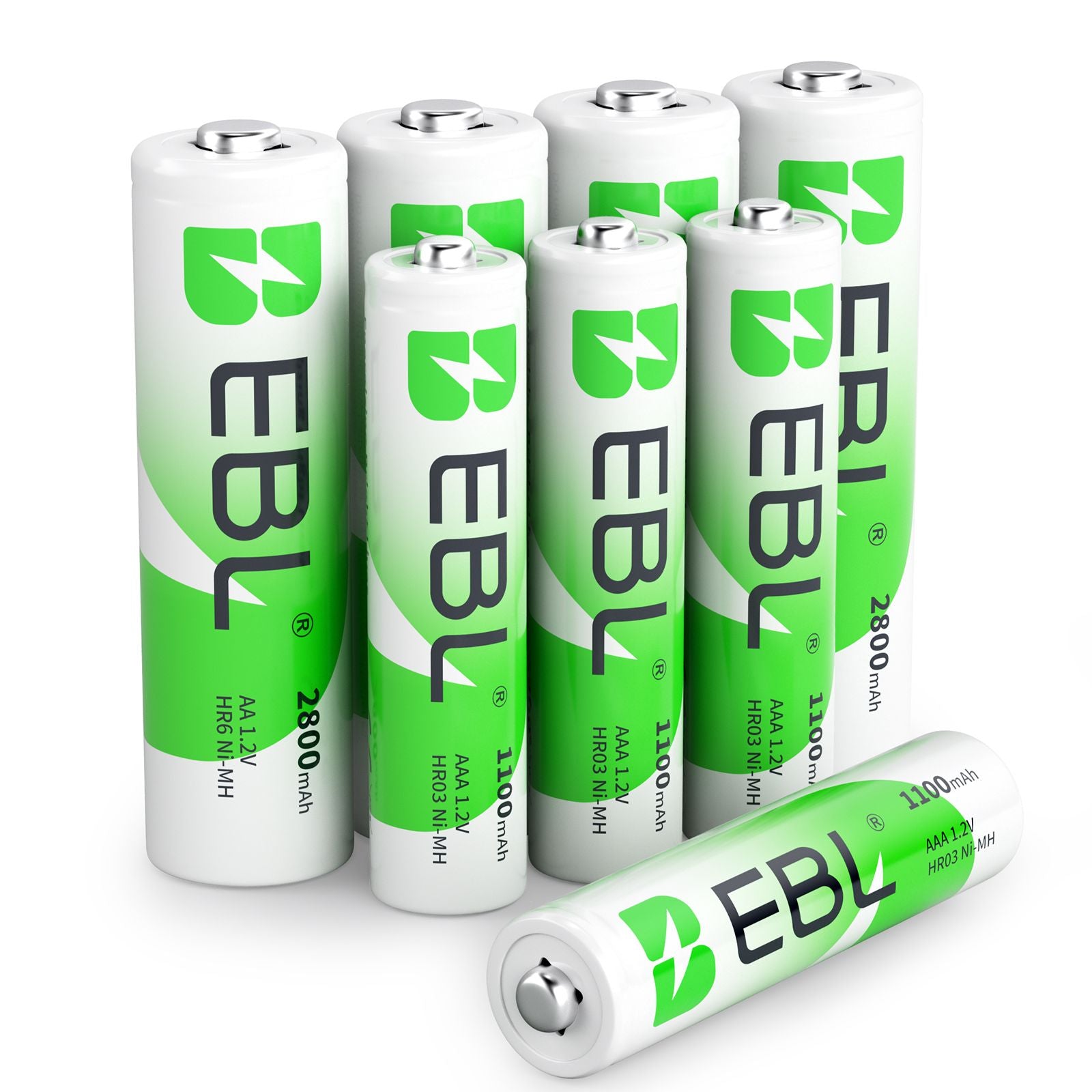
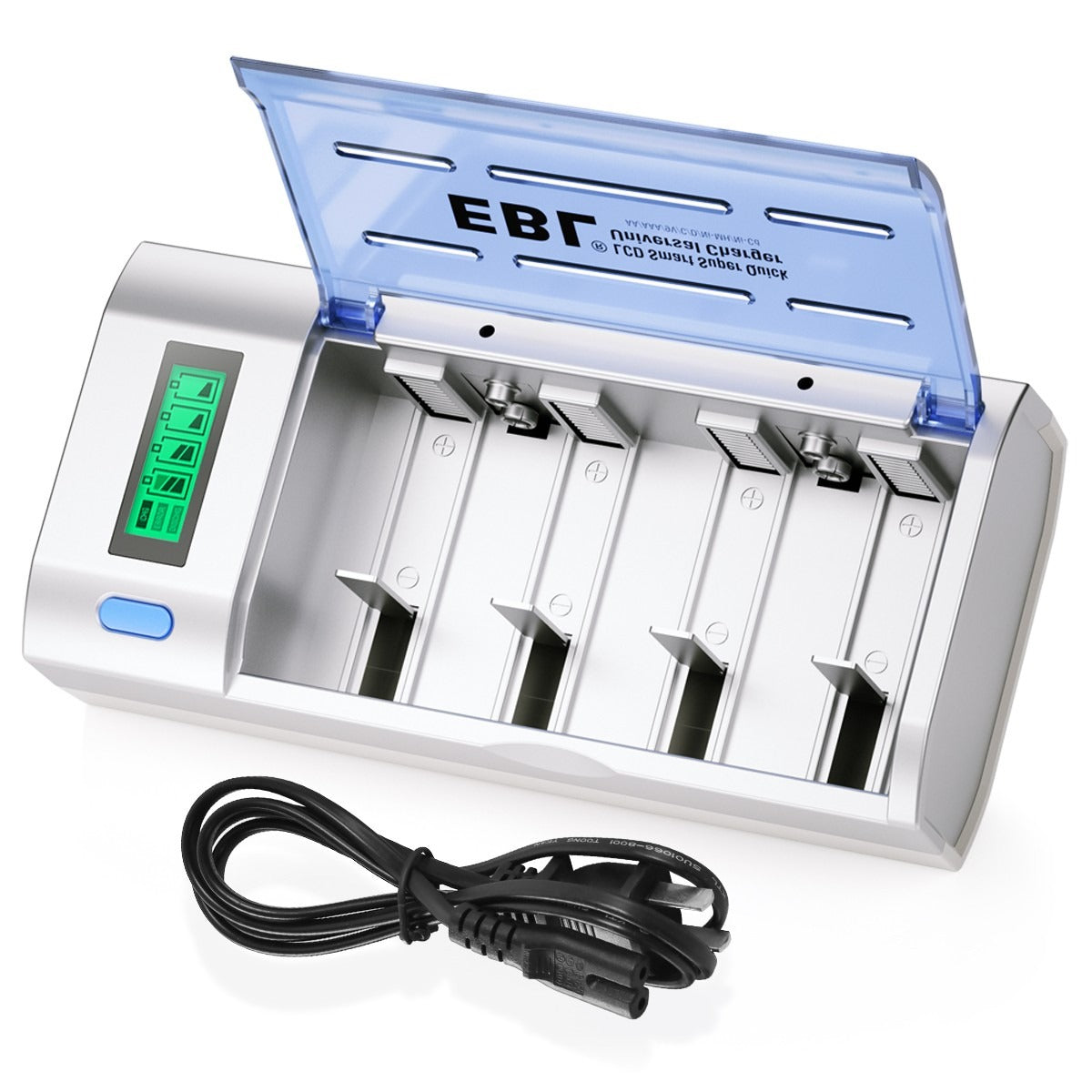
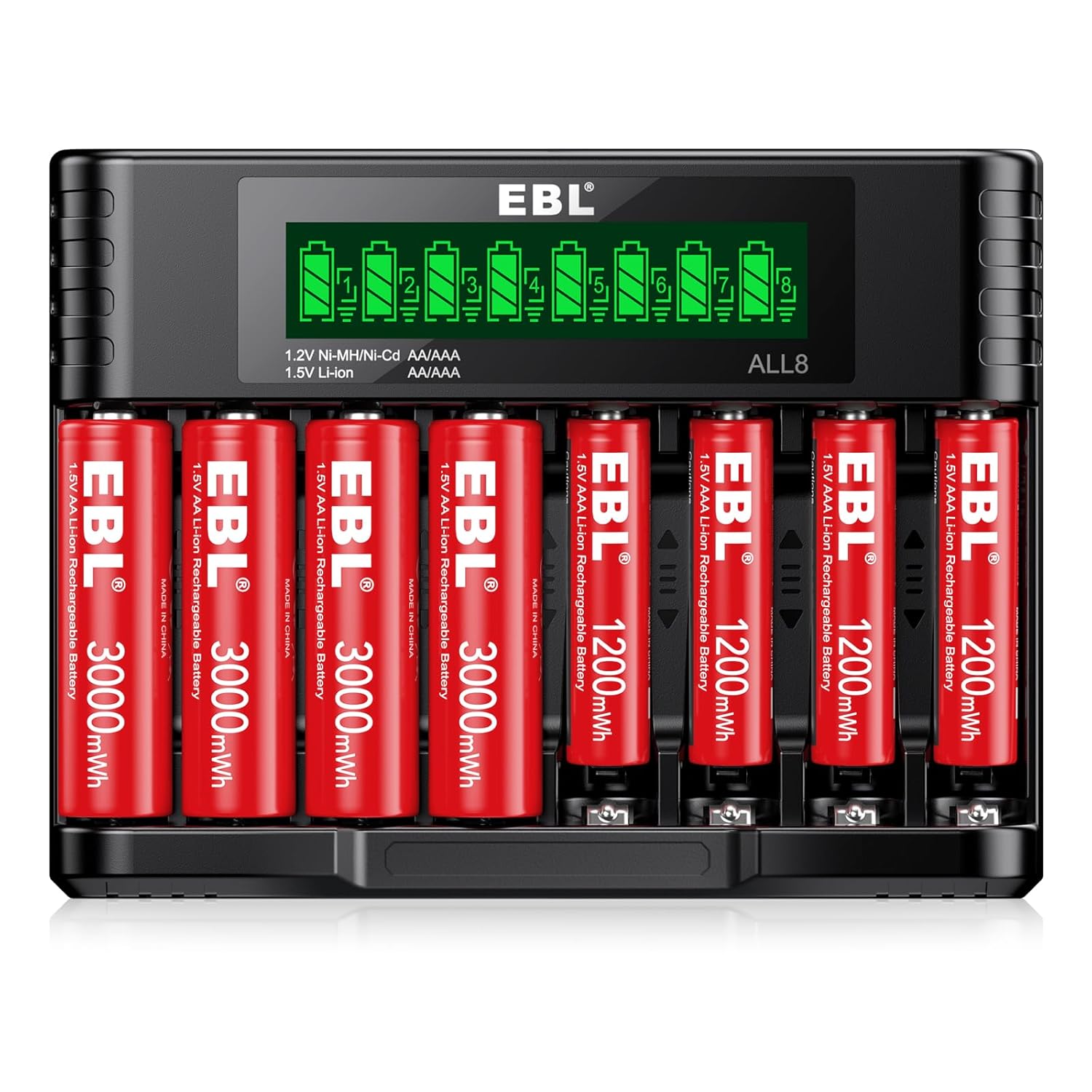

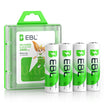
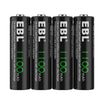
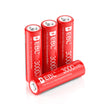
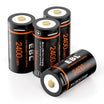
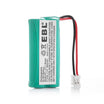
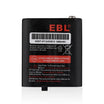
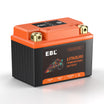


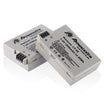
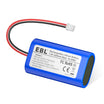
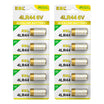
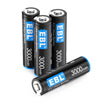
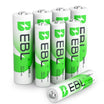
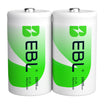
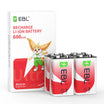

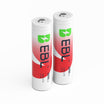
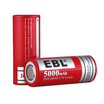
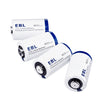
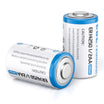
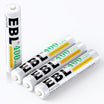
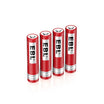
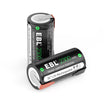
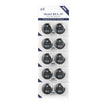
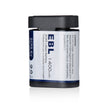
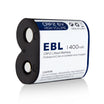
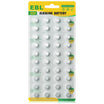
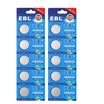

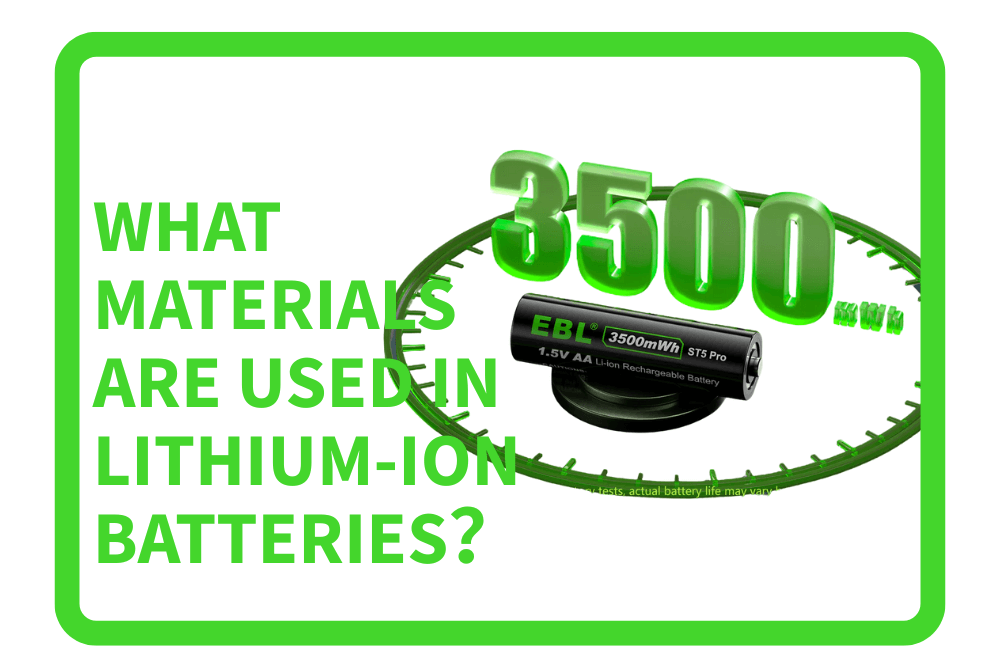


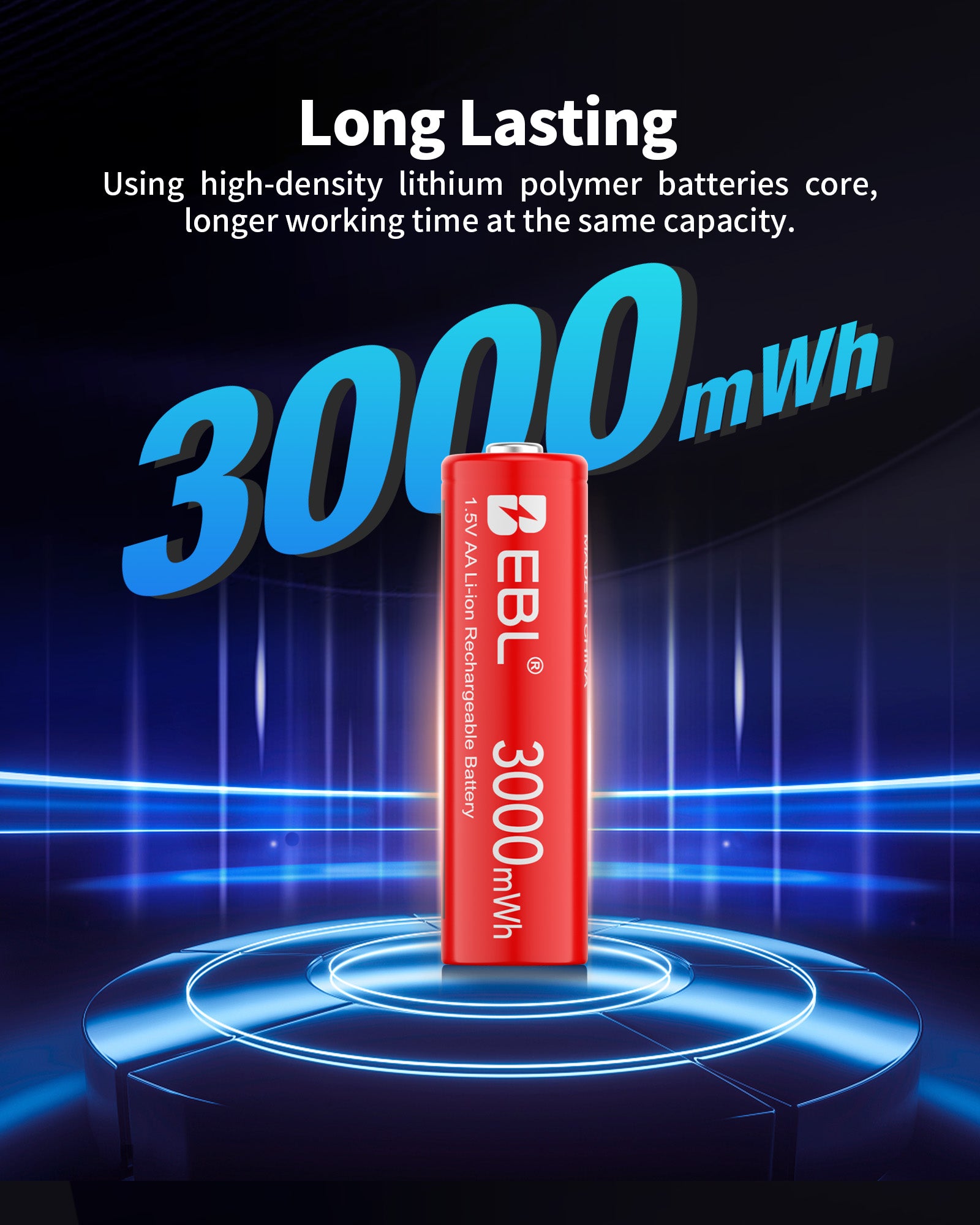
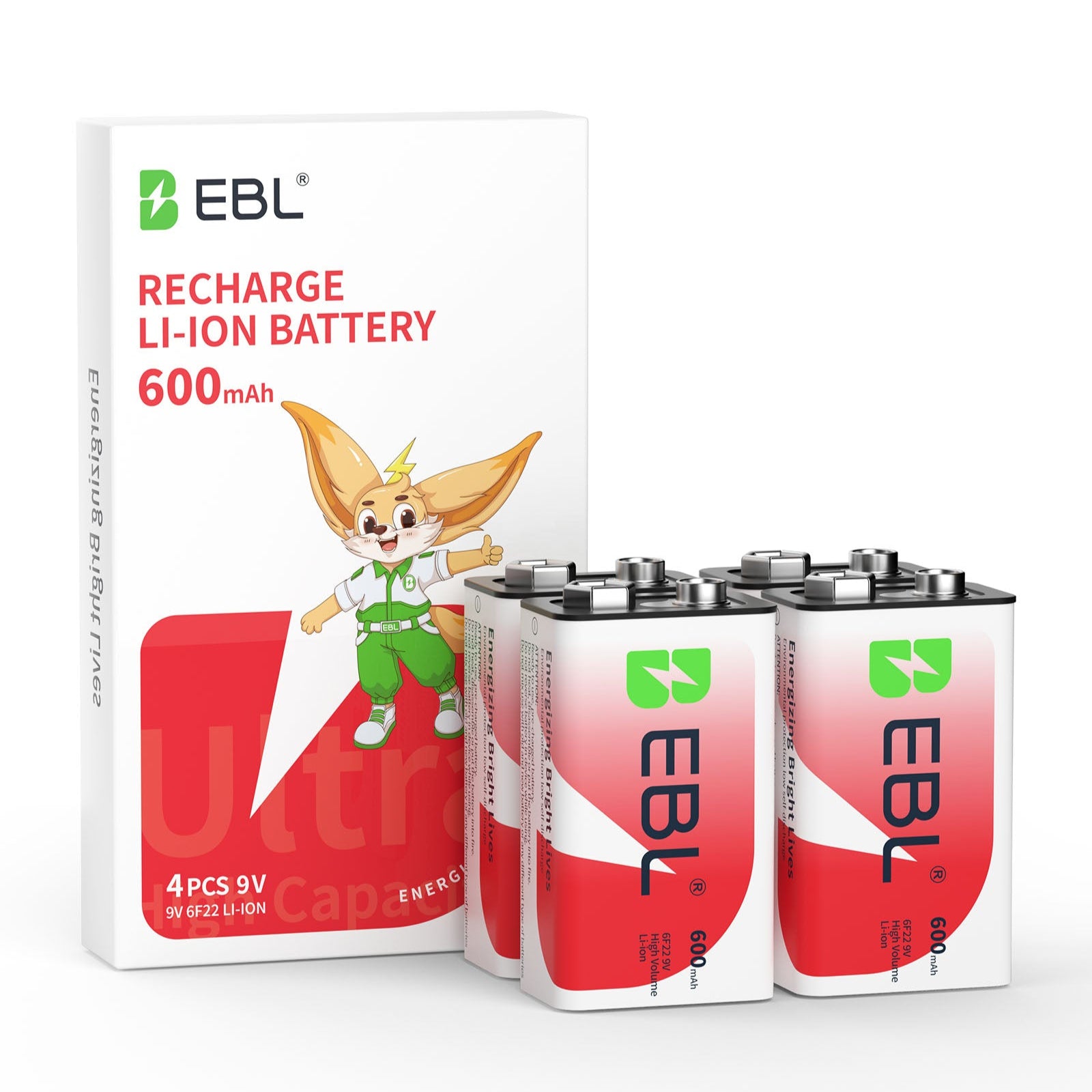
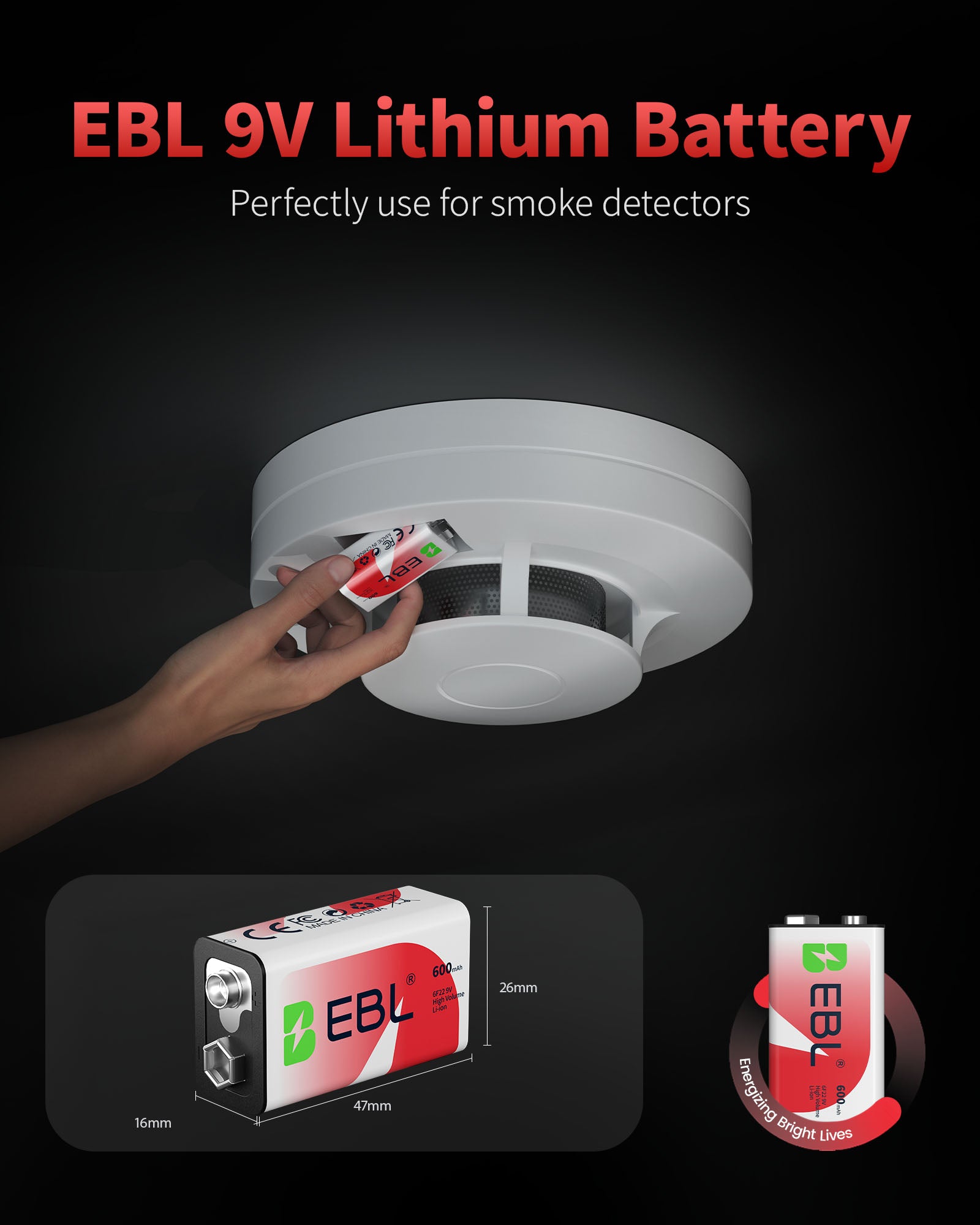
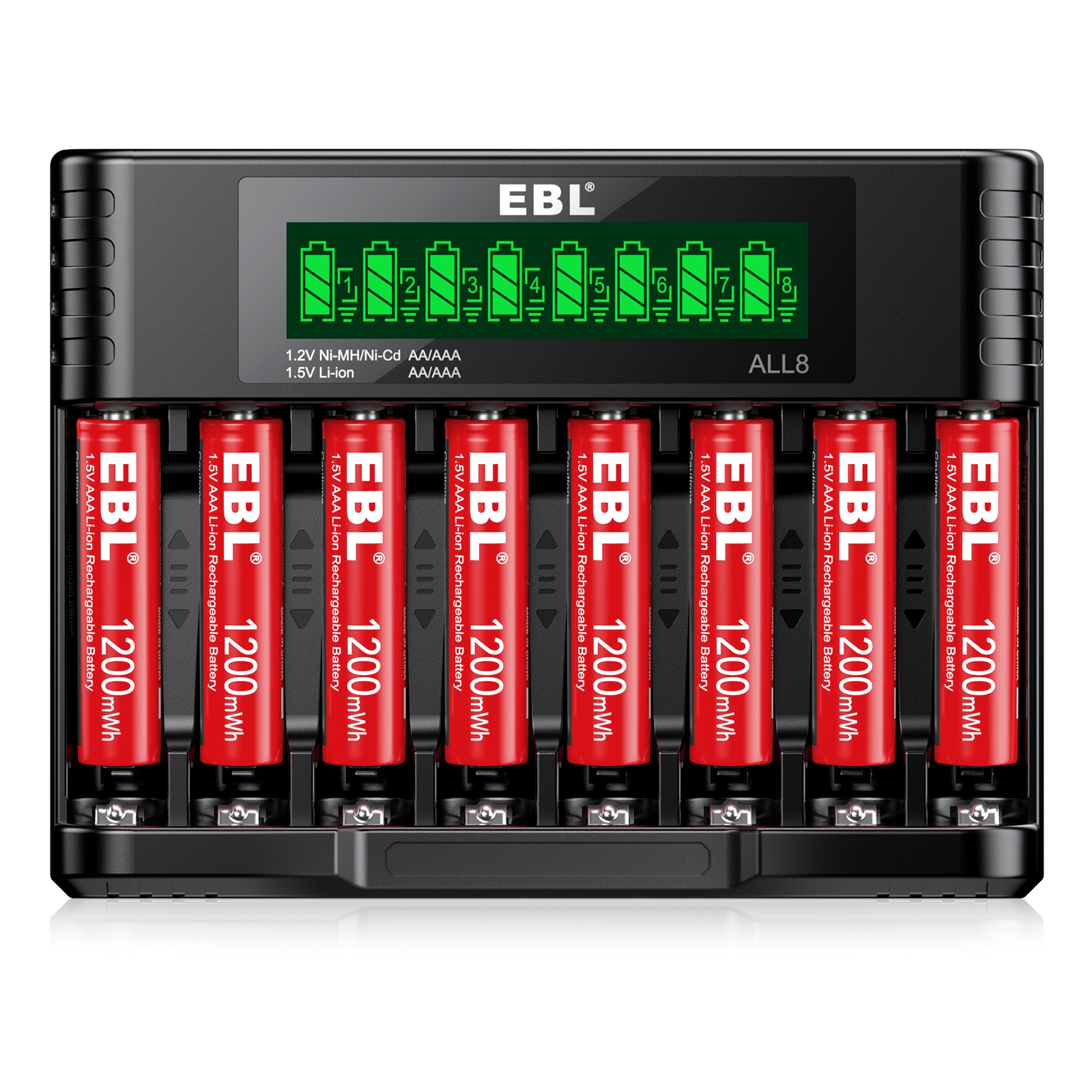
Leave a comment
All comments are moderated before being published.
This site is protected by hCaptcha and the hCaptcha Privacy Policy and Terms of Service apply.